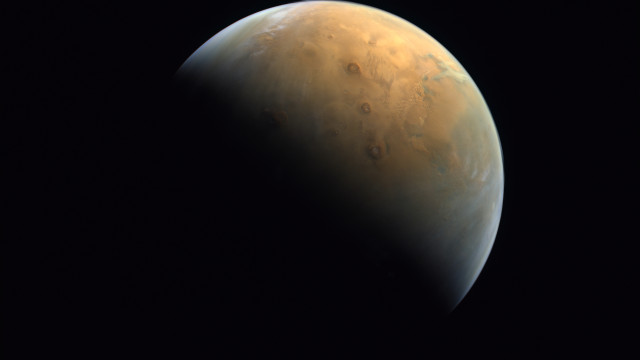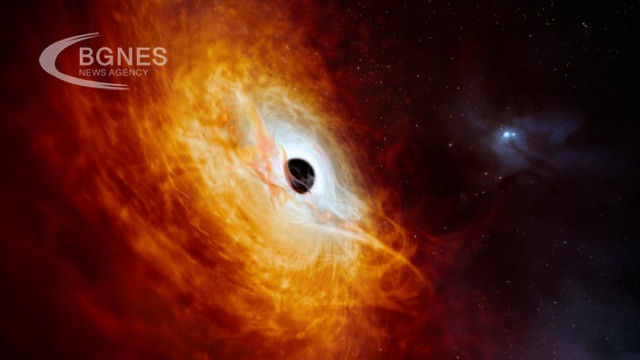Geologists from the US and China discovered the origin of giant volcanoes on Mars. According to the new study published in Nature Astronomy, a special type of tectonics similar to what happened on Earth three billion years ago existed on Mars in ancient times. Mars was generally thought to be a single-plate basaltic planet, lacking the plate tectonics typical of Earth, but recent research suggests that geological processes may have occurred sporadically in ancient times, creating isolated volcanic regions rich in silica.
However, most of Mars has a relatively low concentration of silica and consists mainly of basalt. Planetologists hypothesized that vertical tectonics existed on Earth about three billion years ago, even before the plates appeared. A process called lithospheric exfoliation caused some of the Earth's crust to sink deep into the mantle, where it was enriched in silica and then erupted to the surface through volcanic activity. A similar mechanism explains why silica levels are higher in Martian volcanoes than in the rest of the planet.
The authors also note that Mars has a wide range of volcanic structures, such as domes, stratovolcanoes, calderas and pyroclastic shields, occurring near large (hundreds of kilometers in diameter) basins in the Eridania region. These topographically concave basins, 2-4 km deep, have crustal thickness 10-20 km less than the surrounding area and have distinctive features in the structure of magnetic fields. This indicates that they may represent reworked crust that has subsided as a result of lithospheric delamination. /BGNES







